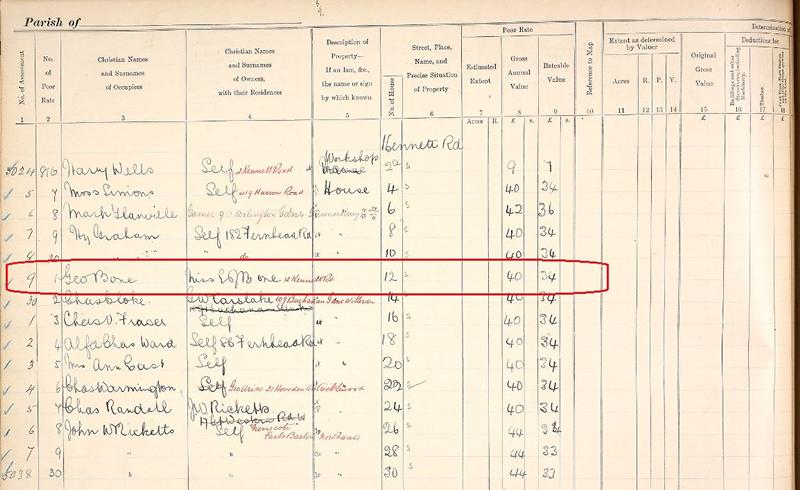Bedfordshire and Hertfordshire Historic Records and Maps Now Complete!
Over 1,100 square miles of searchable property records from the 1910s released
TheGenealogist has now completed the 1910s land tax records for Bedfordshire and Hertfordshire. These Lloyd George Domesday Survey records are a fully searchable resource that family and house historians will find invaluable in their research. Using the field books and maps enables you to discover more about the type of property that your ancestors had once occupied and to see the actual location on a range of contemporary and modern maps.
[Bedford High Street]
Using the power of TheGenealogist’s Map Explorer™ family and house historians can now see the same georeferenced plot on a modern map and investigate how the area may have changed over the last hundred years or more, as well as click through to read the surveyor’s field book entries.
- Find individual properties on extremely detailed 1910-1915 maps, zoomable to the exact plot
- Discover fascinating details about the house; surveyor’s Field Books often revealing the size and number of its rooms
- See the features of the neighbourhood in which an ancestor lived on the historic maps
- Search using the Master Search or by clicking on the pins displayed on TheGenealogist’s powerful Map Explorer™
- View how an area changed over time as historic maps are layered over modern street maps
- This ongoing project is set to cover the rest of England & Wales
- Available exclusively on TheGenealogist
The Lloyd George Domesday Survey records released this week means that TheGenealogist, with over 2 Million land tax records searchable online, now covers all the boroughs of Greater London plus Bedfordshire, Berkshire, Buckinghamshire, Hertfordshire, Oxfordshire and Middlesex.
Find out more about this record set: thegenealogist.co.uk/1910Survey
You can read TheGenealogist’s latest feature article: “Bernard Shaw’s house and an explorer’s family pile in Hertfordshire '' to find out more about this release.
About TheGenealogist
TheGenealogist is an award-winning online family history website, which puts a wealth of information at the fingertips of family historians. Their approach is to bring hard to use physical records to life online with easy to use interfaces such as their Tithe and newly released Lloyd George Domesday collections.
TheGenealogist’s innovative SmartSearch technology links records together to help you find your ancestors more easily. TheGenealogist is one of the leading providers of online family history records. Along with the standard Birth, Marriage, Death and Census records, they also have significant collections of Parish and Nonconformist records, PCC Will Records, Irish Records, Military records, Occupations and Newspaper record collections amongst many others.
TheGenealogist uses the latest technology to help you bring your family history to life. Use TheGenealogist to find your ancestors today!

